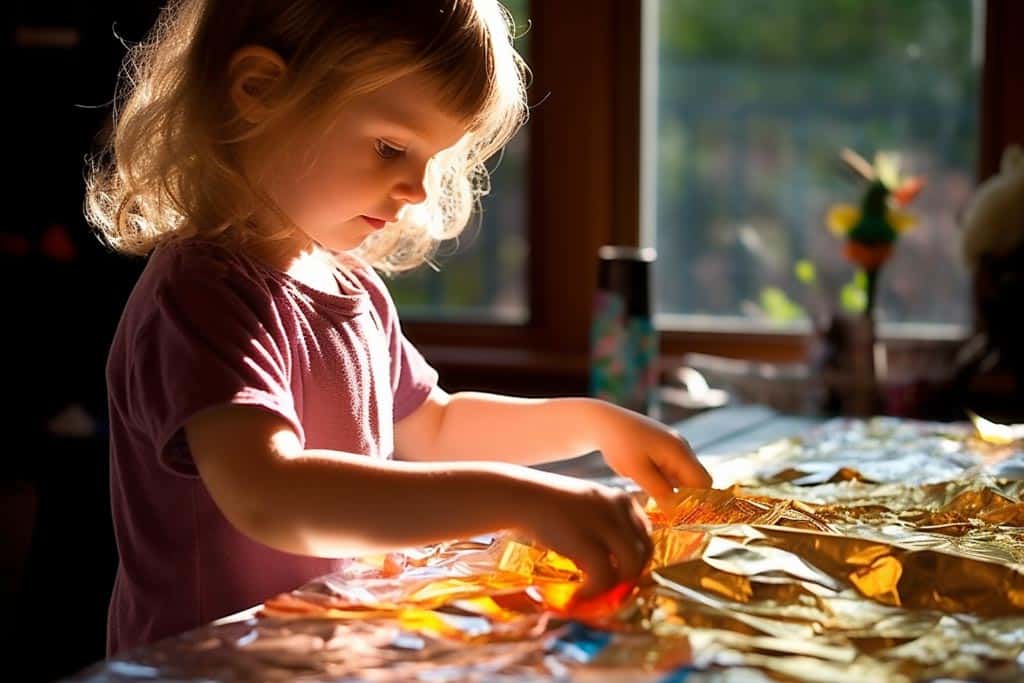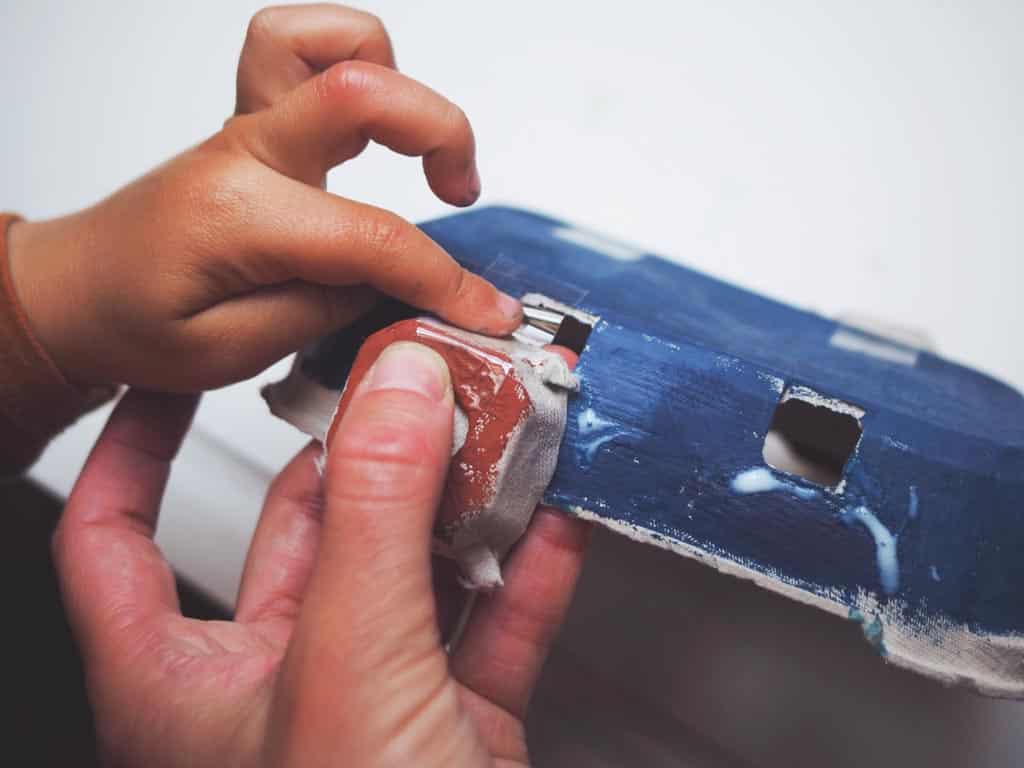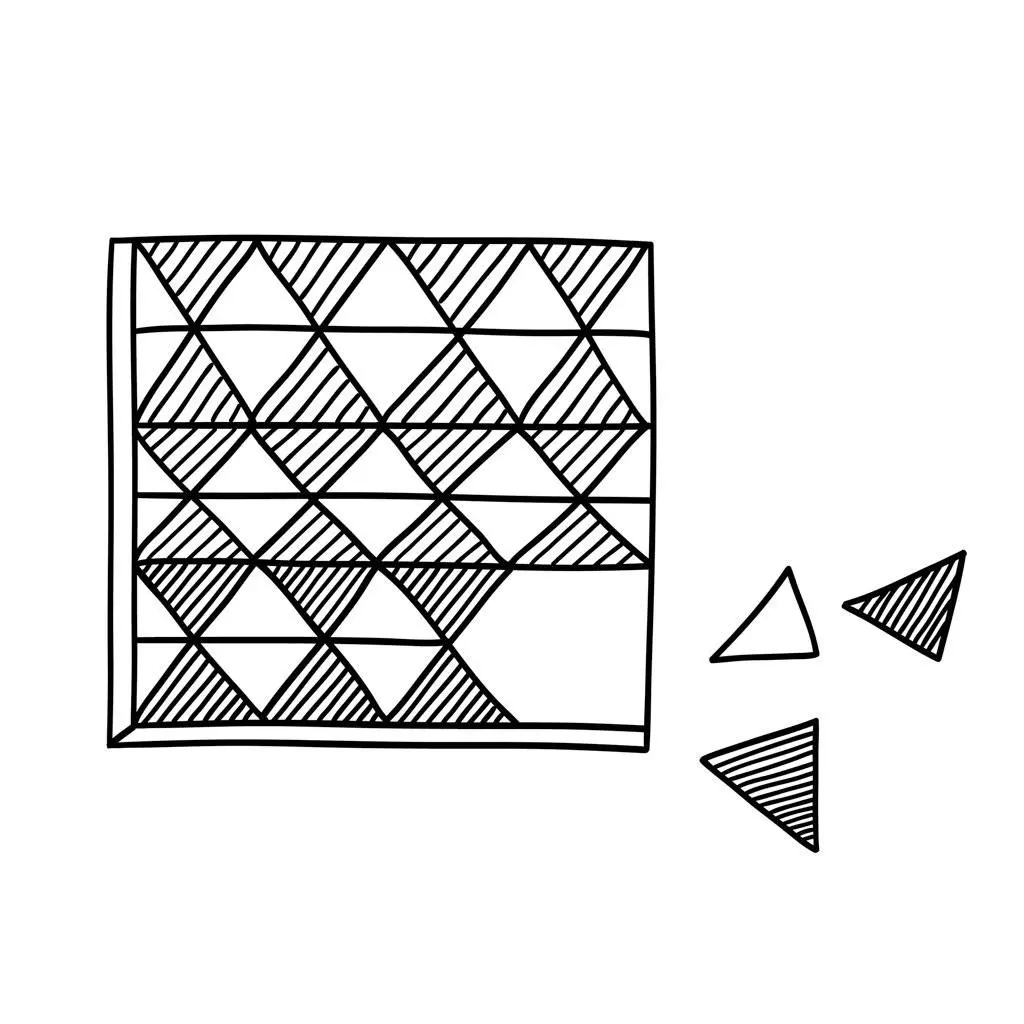I’ll let you into a secret.
Sometimes the toys and magazines in the 100 Toys house are not very on-message.
It’s not all wooden toys and craft materials.
As I write this, my six-year-old is cutting a spinner game out of a magazine.
She has to cut out two circles, one large, one small, and mount them on thin card using Pritt stick or PVA. One split pin in the middle and she is ready to play.
It’s a code wheel for writing secret mermaid messages to your BFF. Line up the inner and outer rings to decode the word. Thanks, Barbie, for ruining my Sunday. 🙁
It seems like such a simple activity but there’s a lot going on here.
The skills she is using are crucial for school. In fact, it’s such a big topic that I dedicate an entire module to it in Get Set Five.
When you break it down, cutting and sticking involves almost all the skills – i.e. fine motor control – that you need for confident handwriting.
Cutting and sticking
The first time your child tries to use a pair of scissors, she grasps the top and bottom with different hands. There isn’t a free hand to hold the paper meaning she can’t control the direction of the cut.
Bilateral co-ordination – or using both hands together – is a skill that takes many years to master. It’s the key to good cutting, but it’s also central to writing. Hold the page flat with your left hand, hold the pencil (or scissors) with your right.
Depending on the age of your child, accurate cutting may be a step too far. Preschoolers may get no further than making single snips along the edge of a page or cutting jagged lines through a magazine.
Easier than holding floppy printer paper and trying to cut is holding thin cardboard. Its stiffness simplifies the challenge.
Easier still is to hold a paper straw in your left and snip it with your right.
Easiest of all is to cut through rolls of playdough with plastic safety scissors, an activity suitable for the youngest preschoolers.
Thin card is perfect for early cutting but thicker material, like this, is too tricky for most children. Apply too much force and the scissors can lurch.
If you child isn’t yet ready for even the simplest cutting, she can still enjoy the second part of today’s activity – sticking.
Once again, you have to co-ordinate both hands. Glue the paper and stick it down – and extricate your fingers without glueing them to page.
Make a collage
My daughter has a half-term project to make a Jubilee scrapbook so she will be spending today cutting and sticking pictures of The Queen.
What magazines or collage materials do you have lying around the house that you could use?
If your child goes to nursery, you may have noticed that the collage tray contains all kinds of scraps. Off-cuts from larger pieces of craft paper, rolls of wallpaper, wrapping paper and various buttons, feathers and sequins.
If sticking is your goal, it doesn’t matter what you use. Your child instinctively understands that these are skills she must acquire. She is interested in the process – in the act of sticking down – she doesn’t mind how it looks.
Let your child determine what she’s comfortable with. Offer advice but don’t worry if she doesn’t seem to be able to apply it. Hand strength and co-ordination take a long time to develop. In the 100 Toys house, we have a basic craft trolley in the corner of the kitchen so the children can help themselves whenever they like. Progress is slow but it’s important to make a start. And it’s an activity that your child will find deeply satisfying. And you may be pleasantly surprised to see how long she engages with it.




